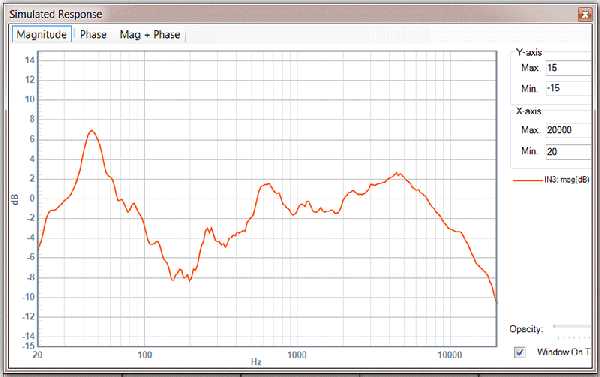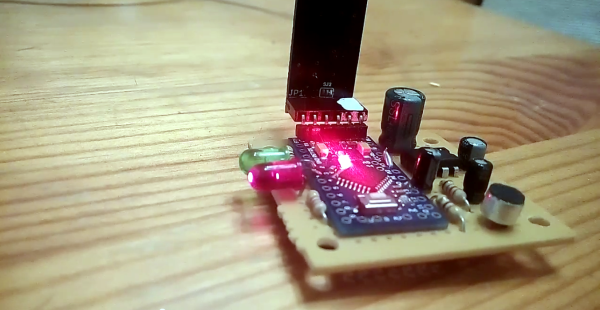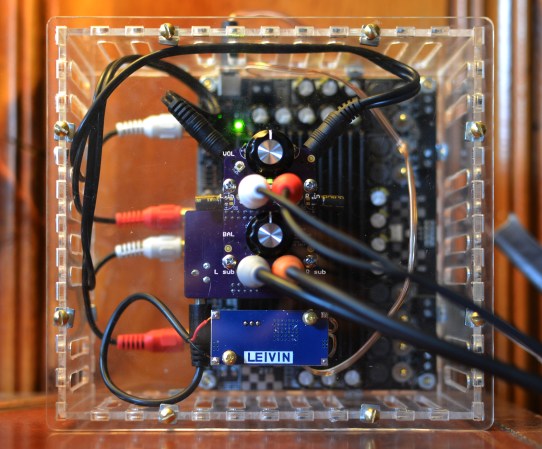If you’re just getting into software-defined radio (SDR) but you find some of the math and/or terminology a bit of hurdle, you could absolutely do worse than to check out these SDR tutorials by [Michael Ossmann]. While they’re aimed at people using his HackRF One tool (which we love), most of the tutorial videos are very generally applicable, and we realized that we hadn’t mentioned them explicitly before. Shame on us!
Ossmann focuses on SDR using the open-source GNURadio Companion GUI tool, which makes implementing a lot of cool SDR techniques as easy as dragging and dropping items into a flow diagram. If you want an overview of GNURadio or SDR in general, these videos are a must-watch.
In particular, we loved his entries on complex numbers and complex numbers in DSP because he goes through the whole rationale behind using imaginary numbers in radio work with a graphical presentation that helps add rationale to the otherwise slightly spooky math. Heck, watch these two even if you’re not interested in radio.
The newest entry, covering DSP filters includes a great hands-on introduction to finite impulse response (moving average) digital filters. We really like the practical, simulation-based approach presented in the video — it’s just perfect for a quick introduction.
So if you’re looking for a relatively painless way to get into SDR, grab yourself an RTL-SDR dongle, burn yourself a GNURadio Live DVD, and work through these videos.













 The heart of the DSP-G1 is a micro from NXP modeling an analog synthesizer with 15 digitally controlled oscillators with Sine, Triangle, Pulse and Saw outputs, a low frequency oscillator, two envelope filters, and a low pass filter, or about the same accouterments you would find in a MiniMoog or other vintage synth from the 70s. Since this is basically a synth on an NXP LPC-810, [Jan] has packaged it in something akin to a MIDI to 3.5mm cable adapter: Plug a MIDI keyboard into one end, an amp into the other, and you have a synth smaller than the
The heart of the DSP-G1 is a micro from NXP modeling an analog synthesizer with 15 digitally controlled oscillators with Sine, Triangle, Pulse and Saw outputs, a low frequency oscillator, two envelope filters, and a low pass filter, or about the same accouterments you would find in a MiniMoog or other vintage synth from the 70s. Since this is basically a synth on an NXP LPC-810, [Jan] has packaged it in something akin to a MIDI to 3.5mm cable adapter: Plug a MIDI keyboard into one end, an amp into the other, and you have a synth smaller than the 









